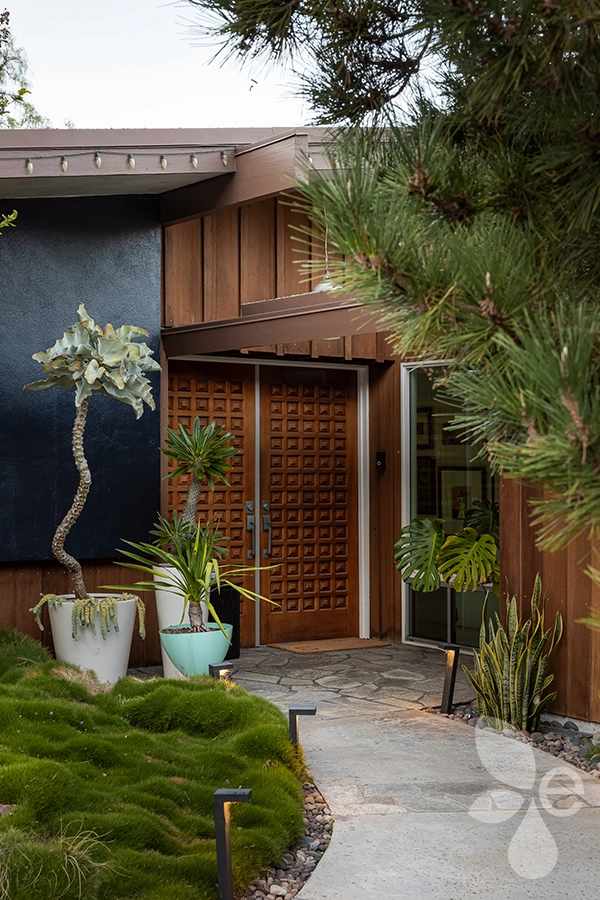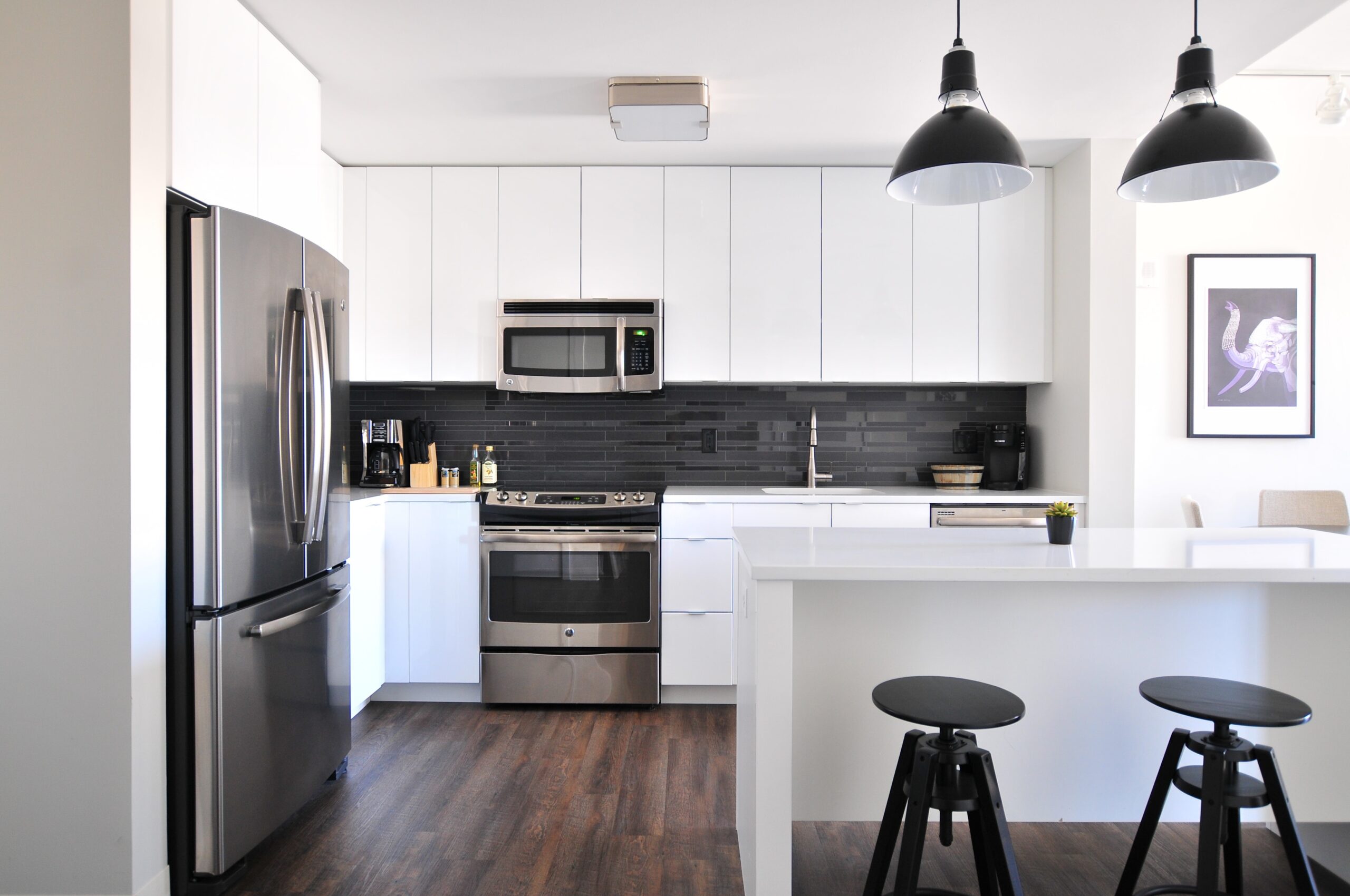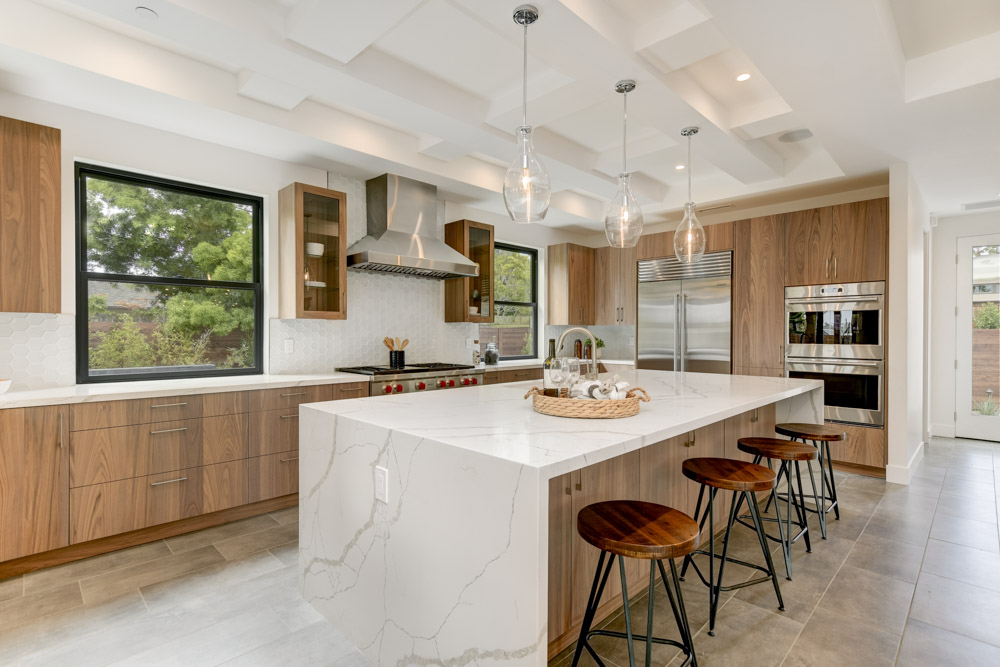Whole Home Remodeling | Allied Gardens
Eco Minded Solutions specializes in customized solutions for your home, from small repairs to complete makeovers. We focus on details and personalize designs to meet your specific needs. Our services include kitchen/bathroom updates, living area transformations, outdoor living spaces, and more. We’re dedicated to exceptional craftsmanship and customer service, backed by a satisfaction guarantee.
What makes the best whole home remodeling contractor?
At Eco Minded Solutions, our skilled professionals guide Allied Gardens homeowners through the entire process of a home remodeling project and will help make your major remodel feel as simple as possible. From kitchen and bathroom remodels to second-story additions, outdoor living spaces, and room additions, we can help you transform your property into the perfect space for you.
Allied Gardens' Whole Home Remodeling Contractors
When you choose Eco Minded Solutions as a general contractor you are getting a dedicated network of custom home remodeling contractors and full-time staff. As a boutique luxury remodeler and landscaper, we offer care and attention that few other remodeling companies can. Extremely responsive, we always strive to deliver a quality environment that makes our clients extremely happy.
Related Services
(858) 779-1225
Our Portfolio








Undertaking a Whole House Remodel
A whole house remodel requires special attention and a project manager who ensures all the elements of a home and yard flow with purpose. When we design and build a whole home remodel, we create an environment that extends beyond the room that you’re in.
Incorporating Landscape Design
The expert team at Eco Minded Solutions create unique outdoor living spaces that are tailored to your lifestyle and flow into & out of the home. Our designs are expertly executed, ensuring that your outdoor space is beautiful, functional, and strongly connected to the home.
Serving Allied Gardens for over a decade, we are experts in remodeling projects for Southern California living. We’ve transformed Point Loma homes into drought-resistant paradises and Del Mar cottages into cozy night-time enclaves. Our quality work and great customer service are the reasons so many clients love their new space from Eco Minded Solutions.
Providing Allied Gardens Homeowners Design-Build Services
At Eco Minded Solutions, we offer design and build services for fully custom homes and landscapes. We execute existing designs to create something completely tailored to your lifestyle and tastes. Our team of full-time specialists and network of sub-contractors help you create the perfect space for your home or landscape.
Check out our full scope of design-build services for more information about how we can take your renovation from design to build.

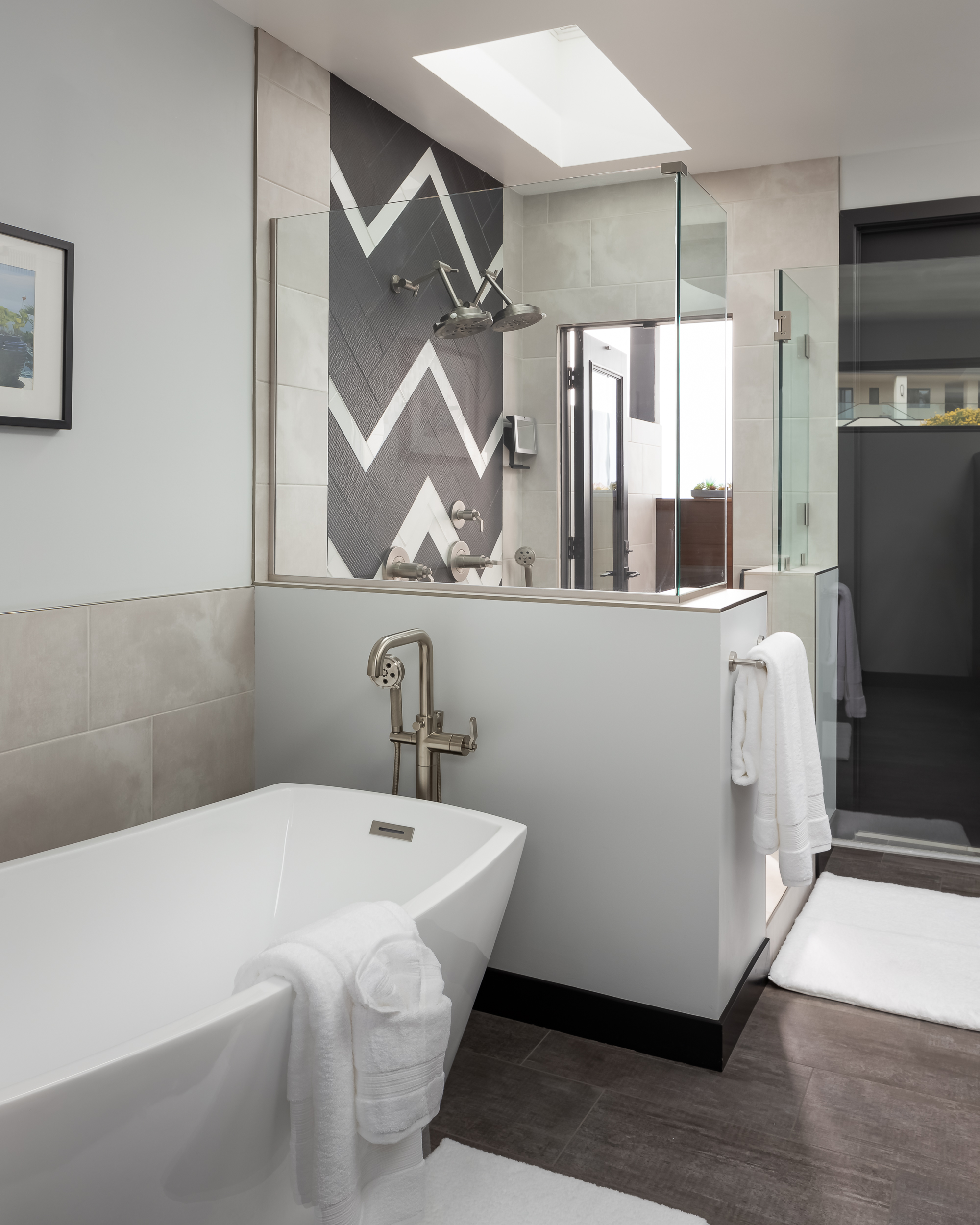

Transform Your Kitchen or Bathroom
Remodeling your kitchen or bathrooms can make all the difference in your home—our whole home remodeling professionals create custom spaces, tailored to your vision and made to last a lifetime.
Kitchen Remodeling Services
Kitchen remodels are more than just a home improvement project; they’re a life improvement project. The kitchen serves as the heart of the home, providing a central hub for family interaction, meals, and entertainment. When you update and modernize your kitchen, the benefits extend far beyond the room’s four walls.
A proper kitchen remodel project doesn’t only enhance your cooking abilities, it creates a more inviting atmosphere throughout your home. We design kitchens to seamlessly integrate with your living area, making it more conducive to open, interactive lifestyles.
Bathroom Remodeling Services
When you invest in custom bathroom remodeling, you want to make sure that you get the most for your money. With our professional bathroom remodeling services, you can be sure that everything, from the lighting fixtures to the floor tile, fits your vision. Our first design consultation helps our expert team know your tastes and vision for the space. With decades of experience as a whole home & bathroom remodeling company, our expert team has the knowledge to help you build the bath of your dreams.
Not sure where to start? We will walk you through bathroom designs & handle plumbing, electrical systems, and everything needed to create a long-lasting new bathroom remodel.
At our San Diego – based residential contracting firm, we specialize in custom room additions, perfect for those seeking to expand their living space or add value to their home. Our team of experienced professionals will work with you every step of the way, ensuring your addition is tailored to your specific needs and aesthetic preferences, all while adhering to the highest standards of quality and workmanship.
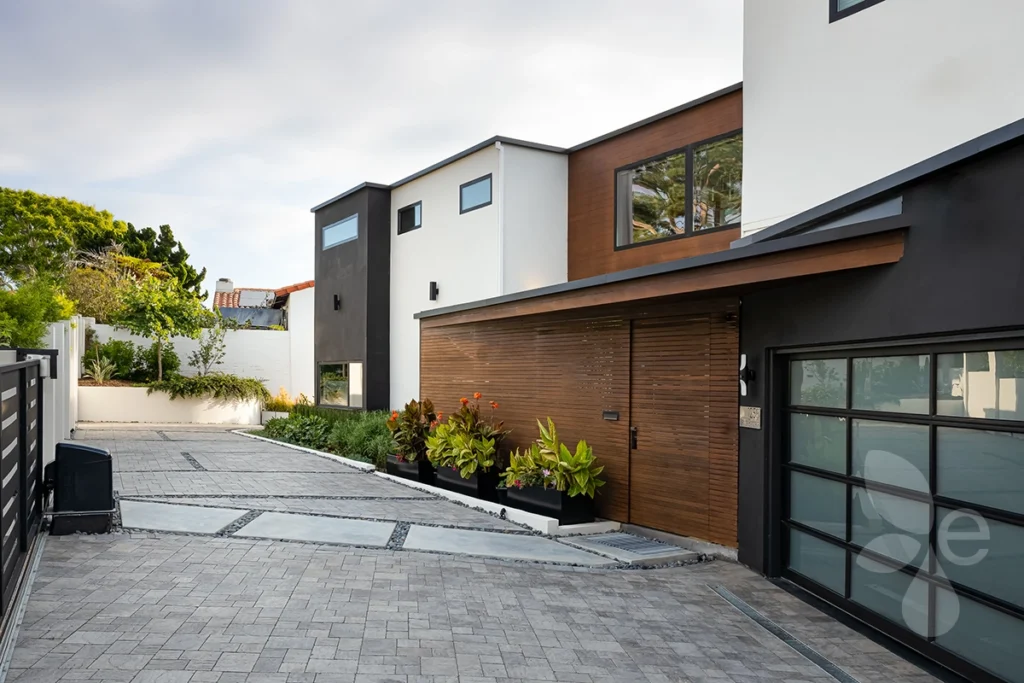
Home Extension
Our room addition services are specifically designed to accommodate any form of home extension you envision. With extensive experience in various remodeling projects, we’re capable of seamlessly integrating the new extension with your existing structure. Whether it’s expanding your living room for a more spacious feel or adding to your master suite, our team has the expertise to bring your vision to life.
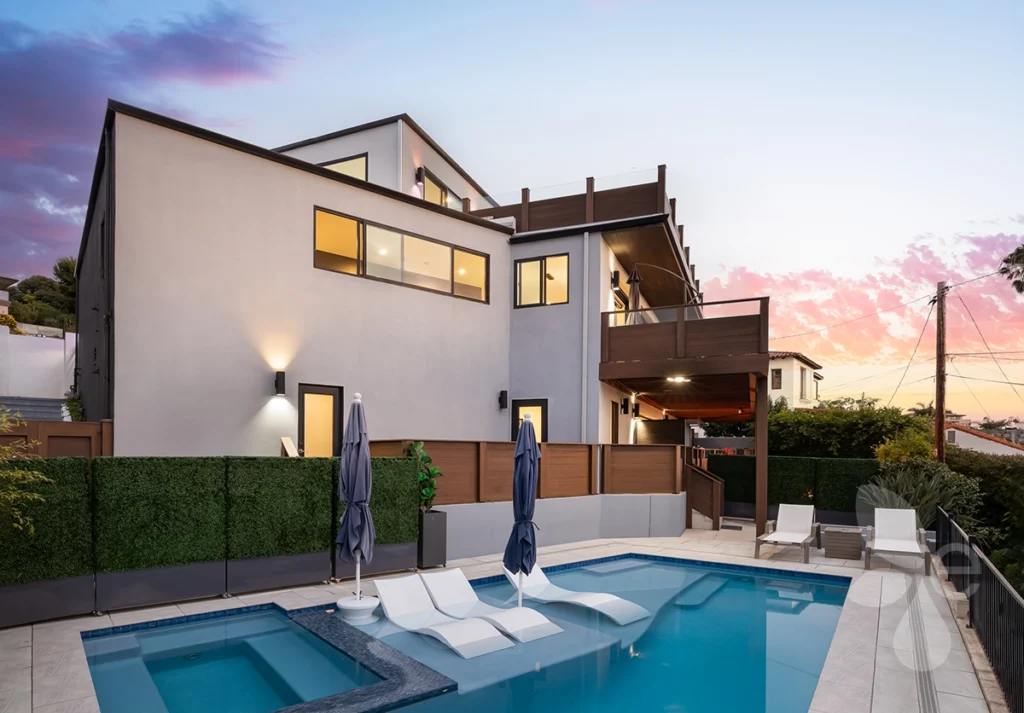
Second Story Addition
In Allied Gardens, where lot size may limit horizontal expansion, adding a second story presents an excellent opportunity to expand living space without compromising your outdoor area and yard space. Allied Gardens homeowners often find that adding square footage in the form of a second-floor addition limits changes made to the rest of their property and gives them exactly what they need.
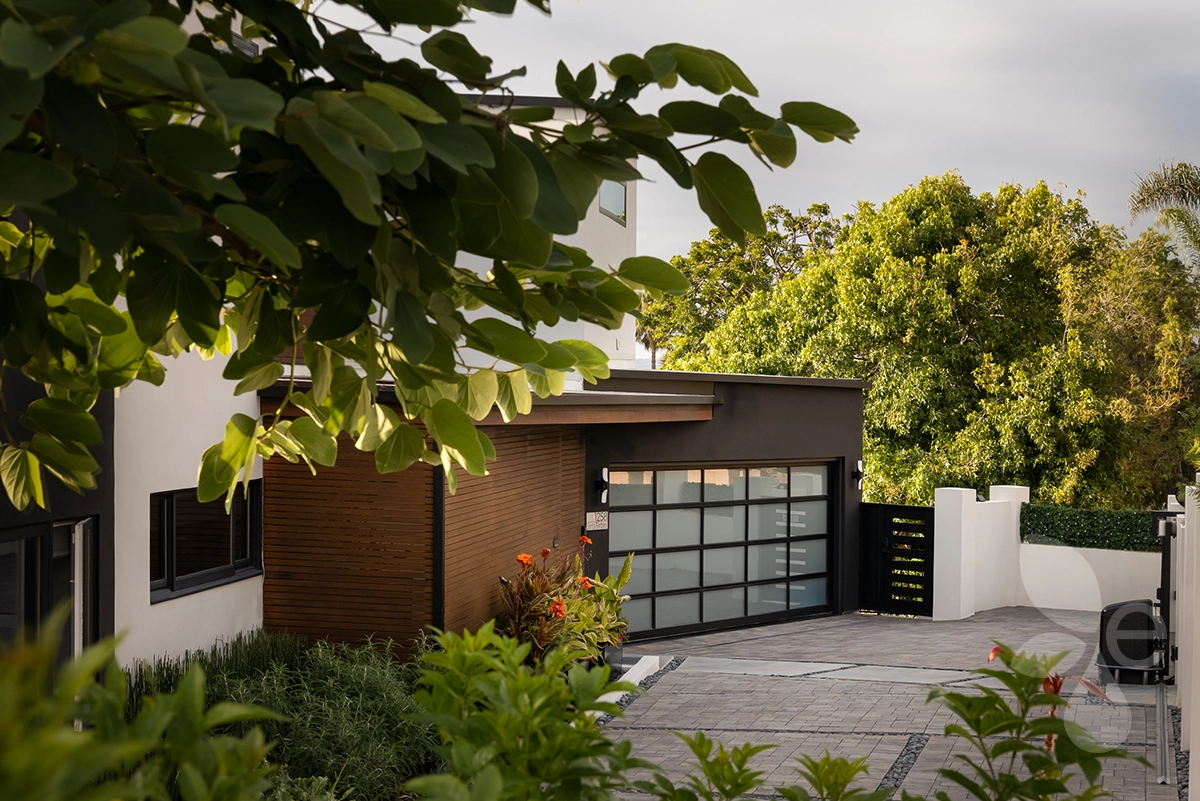
ADUs, often referred to as “granny flats” or “backyard cottages,” can serve as an ideal alternative to traditional room additions. These compact, standalone structures offer a unique way to create an additional living space without altering the footprint of your existing home. Our in-house team customizes the space to suit your needs, whether it’s a cozy guesthouse, a private space for an elderly relative, or a rental unit for additional income.
Additional Features
Whole Home Remodeling FAQ's
What is whole home remodeling?
Whole home remodeling is a comprehensive approach to home renovation that focuses on redesigning and renovating an entire home. This process involves updating all areas of the home, including bedrooms, bathrooms, kitchen, and outdoor living spaces to give homeowners their dream home.
Why should I consider a whole home remodel?
A whole home remodel allows homeowners to transform their living space to better suit their lifestyle, improve functionality, and increase the overall value of their property. Undertaking this type of project ensures a cohesive feel throughout the entire house.
How long does a whole home remodel take?
The duration of a whole home remodel can vary based on the scope of the project, the size of the home, and the specific renovations being undertaken. Our remodeling contractors keep projects on-time, completing renovations as efficiently as possible while still adhering to the highest building and design standards.
How much does a whole home remodel cost?
Just like the estimated project time, the cost of a whole home remodel can vary widely based on factors such as the size of the home, the quality of materials used, and the complexity of the project. We source from the best providers of materials and will gladly work with you to determine costs throughout the design process.
Do I need to move out during the remodeling process?
Depending on the extent of the remodel, homeowners may need to consider temporary housing options while the renovations are underway. Rest assured, this is communicated to the homeowner far in advance of project start.
How do I choose the right contractor for my whole home remodel?
It’s essential to research and select a reputable contractor with experience in whole home remodeling, not just projects dealing with a single room. Remember to check references and review their portfolio to make an informed decision.
Can I make changes to the design once the remodeling process has started?
While it’s possible to make changes during the remodeling process, it’s essential to communicate with the contractor to understand any potential cost implications and timeline adjustments. Our contracting experts will do our best to accommodate any additional needs or changes during the remodeling process.


